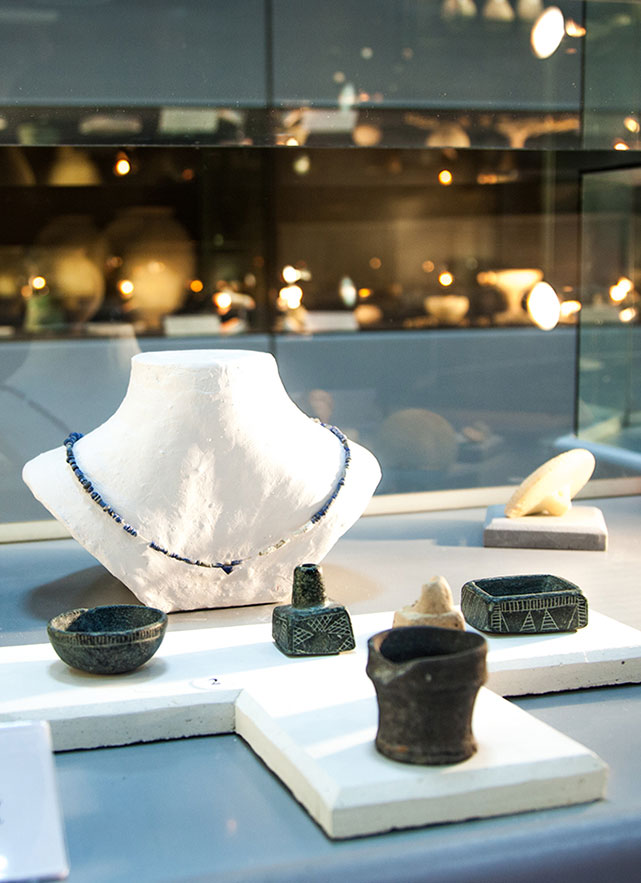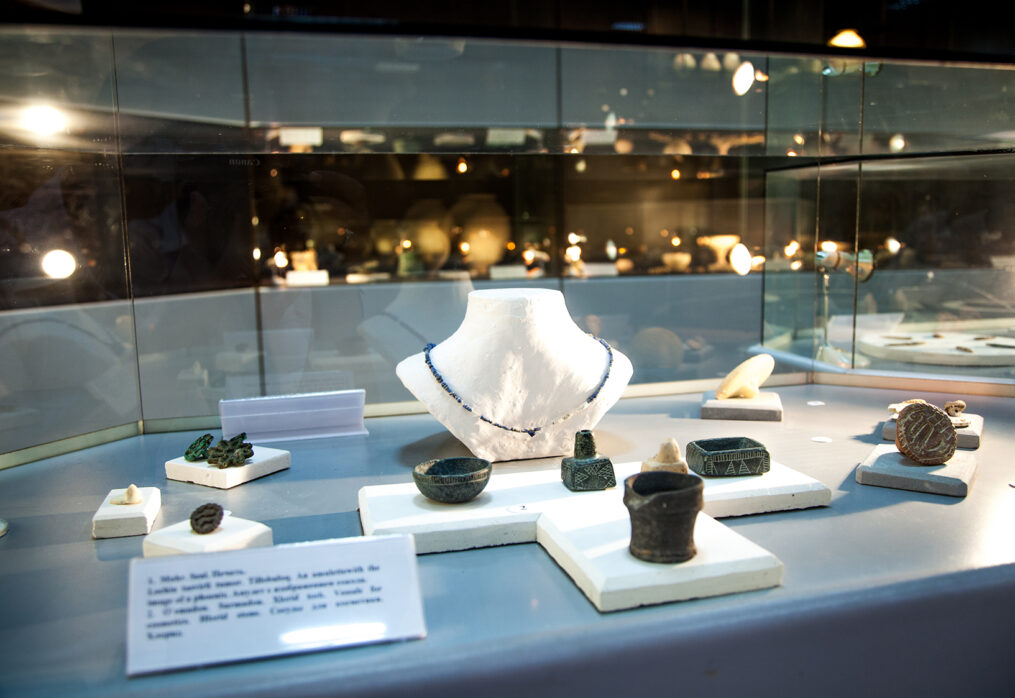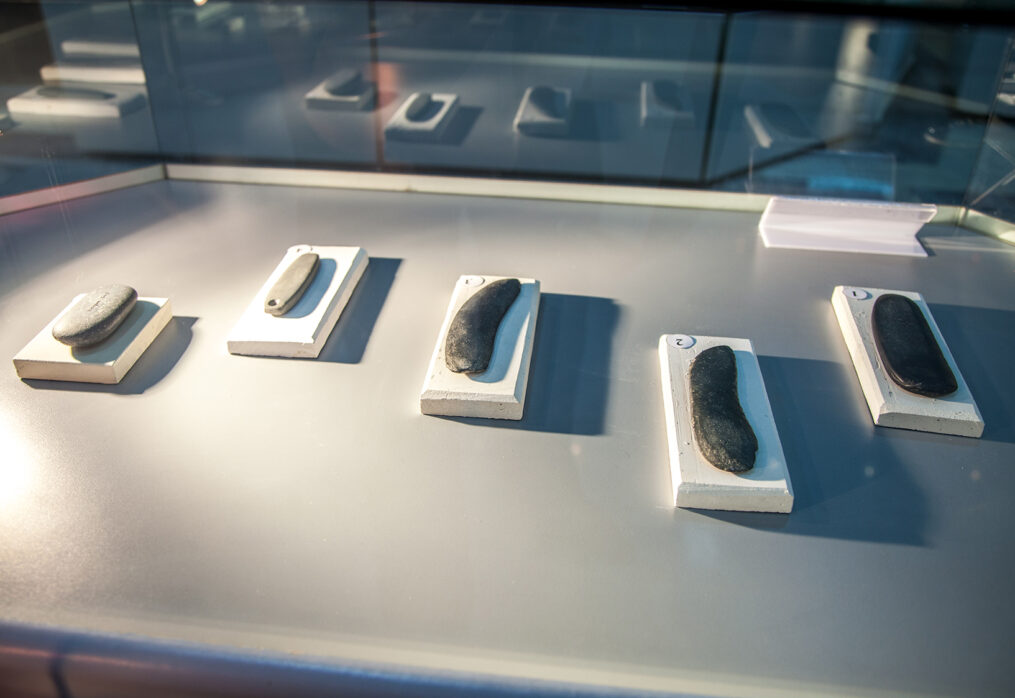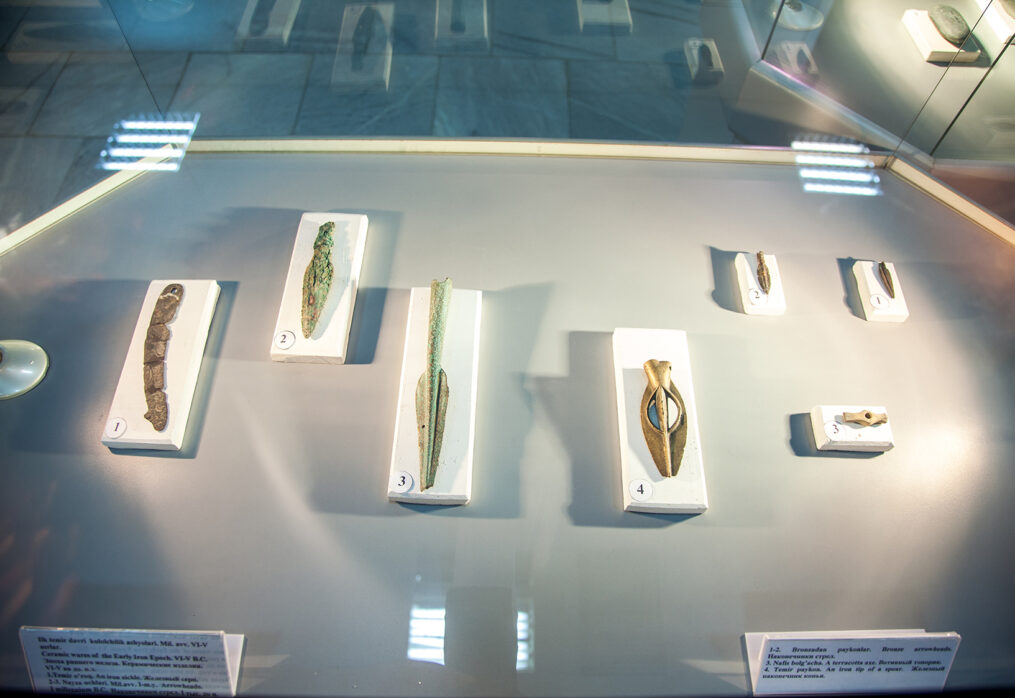

The beginning of the III-I mln B.C.

The Bronze Age which includes III-I mln B.C. is a period of radical changes in Central Asia. First of all, it is related with the invention of Bronze implements consisting tin, copper and lead solution. Owing to the invention of bronze, labor and hunting implements perfected, the invention of potters’ wheel brought handcrafts to separate from agriculture as a particular type of economy. Architecture developed, agriculture based on irrigation was founded and international bartering of goods was formed in the Bronze period. The Bronze Age in Surkhan oasis began in its last stage, that’s the first quarter of the II mln B.C. and went on till the I mln B.C. Sapallitepa is considered to be the first researched monument relating to the Bronze period which is situated on the bank of Ulanbulaksay of Muzrabad District. Therefore, the culture of Surkhan oasis belongs to the last Bronze period is called Sapalli. Sapallitepa consisted of a fortress and parts joined to it, with the plan of 82×82 m, surrounded by fortifications with the internal corridors in 3 rows (lines). The people of the fortress lived dividing into communities and their number was 8.
Patterns peculiar to Sapalli culture are diverse, they include bronze cast mirrors, usmadan and small jugs, bronze awls with the image of animal’s head at the top, seals in the forms of snake and cross, beads made of rocks. Pottery as one of the popular types of handcrafts was developed intensively in this period. Vases, cups from yellow and red clay made on potters’ wheel and burnt in special kilns, jugs and vessels with nose, pots and big jugs of different size are distinguished by their quality and variety. The existence of clay idols, animal-shaped statuettes in Sopolli and Jarkutan monuments proves the formation of first signs of artistic art in the region during the last stages (to the end) of Bronze Epoch.
People living in the region to the end of the Bronze Age were in close trade and cultural relations with the ancient civilizations of the Ancient East, particularly with the nations and tribes living on the territories of Schumer, Akkad, Elam, and Harappa in Northern India, Siberia and Kazakhstan.




